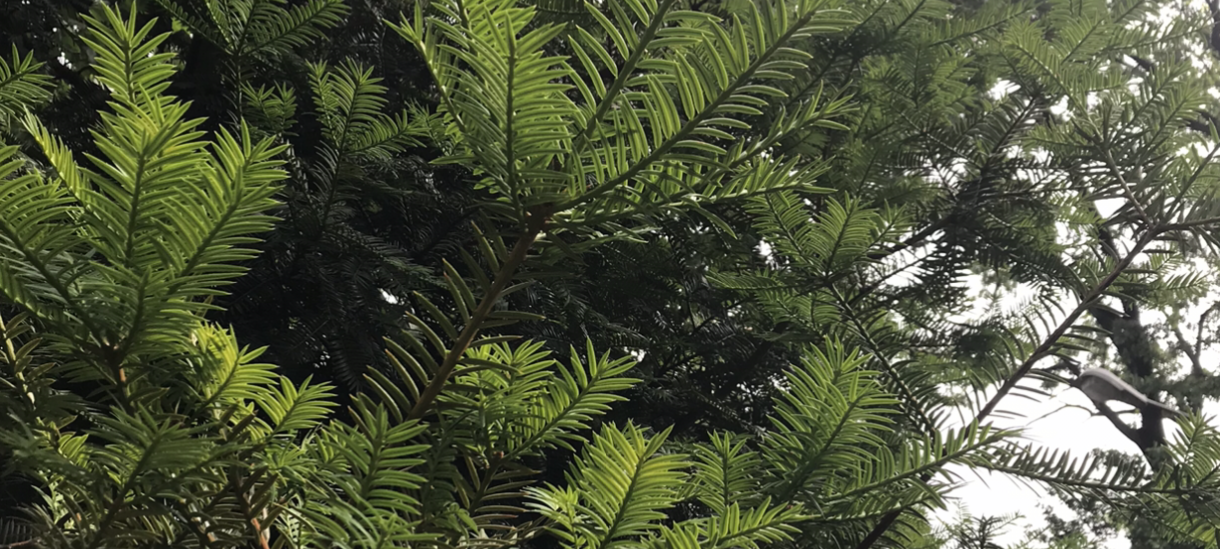
Faith Hernandez ‘22, Kensy Jordan ‘22, Francelis Morillo Suarez ‘21, Vianney Salas ‘23
Flood Prevention: Trees as a Potential Climate Adaptation Resource in Urban Areas
The Flood Prevention team focused on how trees might be able to prevent flooding in their urban communities. They compared the ability of trees to divert stormwater in park areas versus street areas in each of their cities, and found that park trees diverted more water than street trees mostly because park trees tended to be larger than street trees. Larger trees generally have a greater capacity to intercept and transpire stormwater than smaller trees, thus playing a larger role in stormwater management by reducing runoff quantities.
Their research integrated on-the-grounds field work with technical tools like i-Tree Canopy and ArcGIS Online to gain a better understanding of the benefits of trees on flood prevention and mitigation in plots in their neighborhoods and across their entire cities.
Throughout the research process, the flooding team sought possible ways to involve their local communities in their research research process. They envision that future long-term flood prevention projects will embrace participatory research in order to achieve sustainable and equitable progress towards climate resilience in their communities and beyond.
Check out the Flood Prevention Team’s final poster, Flood Prevention: Trees as a Potential Climate Adaptation Resource in Urban Areas.
This student project is part of the Paulson Place Challenge remote Summer 2020 program.
Collaborators/Advisors: Amy Banzaert (Engineering), James Battat (Physics), Dan Brabander (Geosciences), Louisa Crane (Paulson Initative), Jocelyne Dolce (Biological Sciences), Nolan Flynn (Chemistry), Kristina Jones (Botanic Gardens), Suzanne Langridge (Paulson Initiative), Ayana McCoy (Science Center), Jenn Yang (Botanic Gardens).
